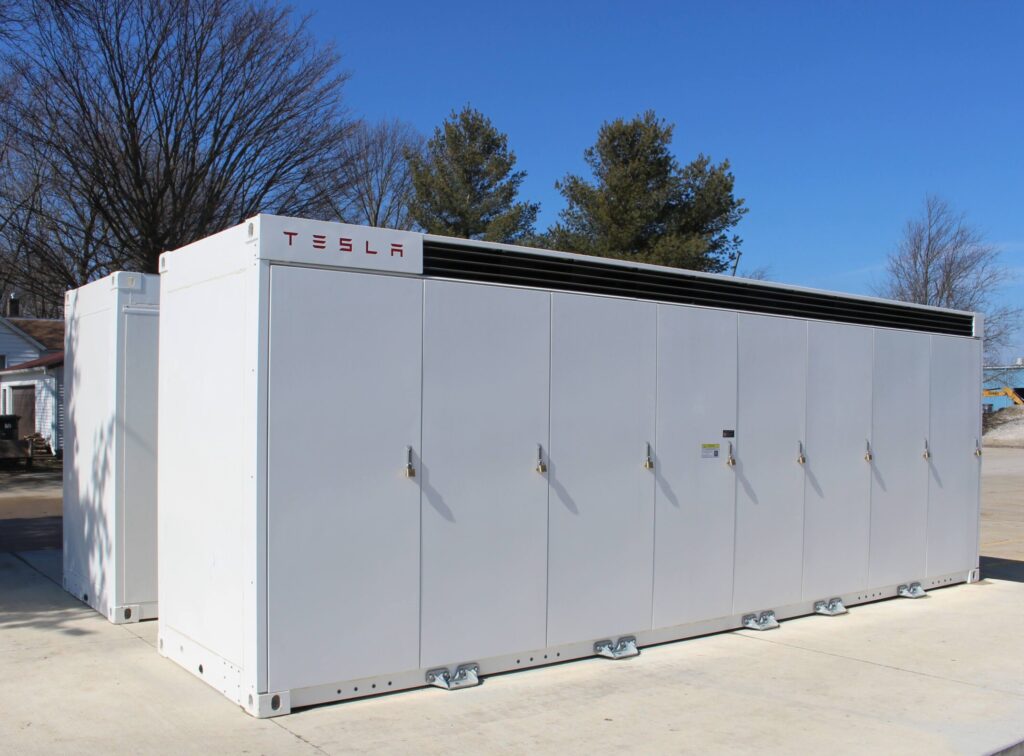2022 was a very good year for behind-the-meter (BTM) battery storage and a pivotal year for growth of this technology.

For businesses with energy storage assets, 2022 was a profitable one. Intelligent Generation optimizes its customers’ batteries use for electricity bill savings plus revenue generation from grid stabilization services, while protecting customer operations from power losses. On average, IG customers profited over $400,000 per MW of installed capacity, or measured differently, $100/kWh of energy storage.
Savings came from discharging the batteries during the periods of high grid demand when annual measurements of customer load are taken for capacity and transmission charges. IG’s algorithm identified all 5 coincident peaks in the PJM Interconnection. It remotely ordered batteries to discharge during those hours thereby providing the grid with critical capacity and saving its customers over $80,000 per MW. Unlike with traditional demand response services, IG’s customers’ operations were not affected during those times.
When not providing capacity, IG dispatches the batteries to provide grid stabilization services. With high energy prices for most of the year, the value of these grid services was also high. On average, IG customers received over $320,000/MW in payments for wholesale power market services in 2022. This revenue was earned for Frequency Regulation services that do not drain the battery, which remains available for backup power if needed.
Times of high stress on the wholesale power grid is when batteries provide the most value. The winter storm and cold wave that swept most of the nation on Christmas weekend was just such a situation. At the peak of the storm Frequency Regulation hit its highest market price ever at almost $4,700/MW for an hour compared to the 10-year average of only $33. As more fossil power plants retire and renewable generators replace them, batteries will be a critical resource to keep the grid in balance. The revenue potential for batteries looks very good indeed.
For those still considering solar and battery storage as part of their energy strategy, 2022 was a pivotal year thanks to passage of the Federal Inflation Reduction Act (IRA). The IRA provides tax-based incentives of 30% (or more for various add-ons) of the capital investment in batteries and renewable energy systems. Additional savings can be obtained through accelerated depreciation treatment.
At a state level, more incentives have been implemented. Examples include rebates under the Climate and Equitable Jobs Act (CEJA) in Illinois. CEJA provides rebates of $250/kW on solar and $250/kWh on energy storage installations, making Illinois one of the most attractive clean energy states in the union.
Combined, these tax incentives and rebates can de-risk projects by covering as much as 100% of the capital investment in clean energy technologies.
With these tailwinds, 2023 should be a great year for current owners of behind-the-meter energy storage as well as a great opportunity for those still considering the investment.